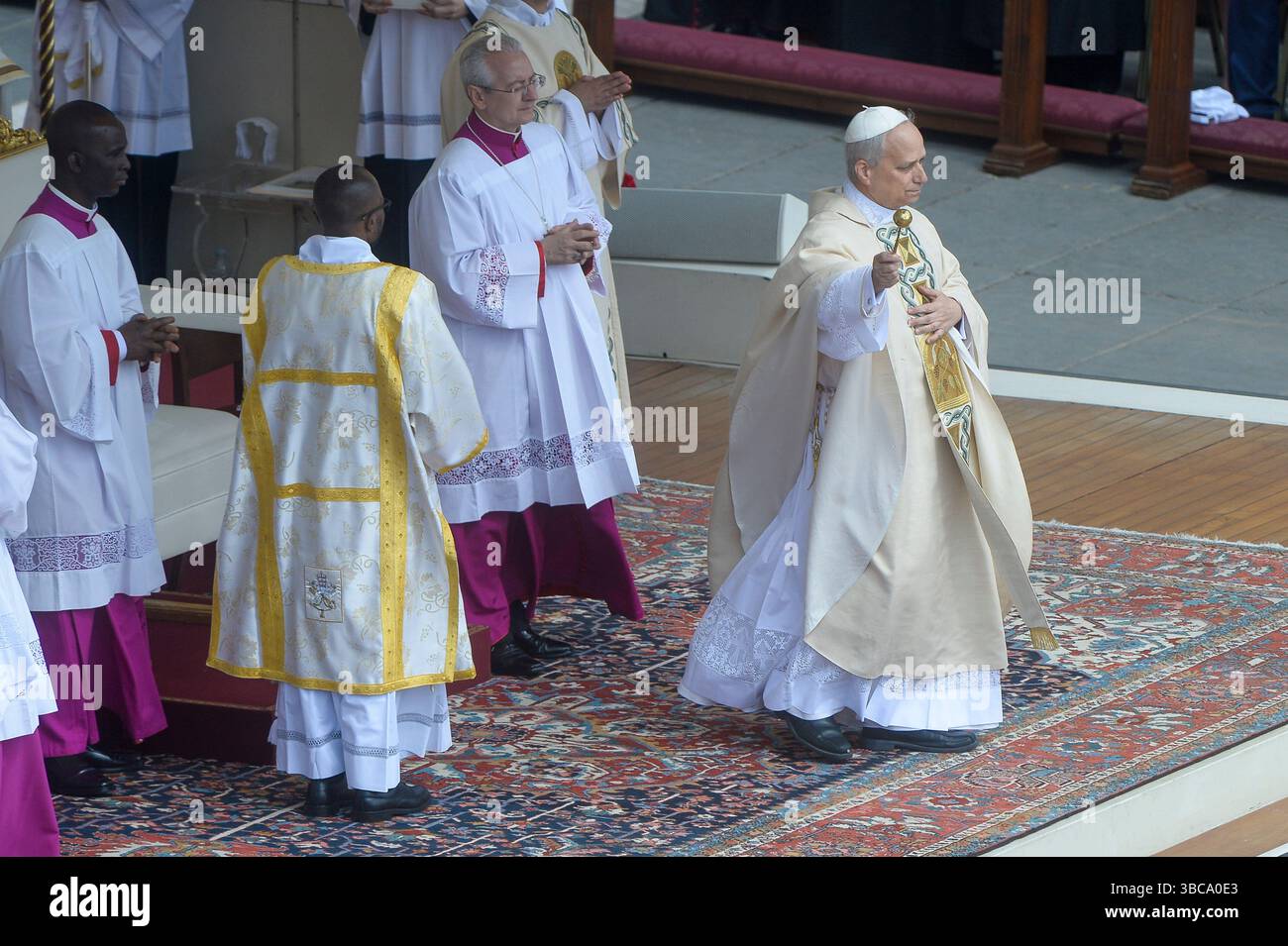Discovering What May Worth Is All About: From Verbs To Calendar Dates
Have you ever stopped to think about how much meaning a small word or a simple name for a month can hold? It’s quite interesting, really. Sometimes, a single word can open up a whole world of different ideas and uses, which is pretty cool. We are going to look closely at the idea of "may worth," exploring its different angles and seeing just how valuable a little piece of language can be in our daily chats and writings.
We often use words without much thought, but when you break them down, you find they have many jobs. For instance, the word "may" itself does a lot of heavy lifting in English. It helps us talk about things that are possible, things we are allowed to do, or even things we hope for. It's a very flexible word, and understanding its different roles can really make your communication clearer, you know?
Then there's "May," the fifth month of the year, which brings with it thoughts of spring, warmer days, and perhaps a bit of sunshine. It's a common word, yet it has its own unique place in our calendars and our lives. So, what we're going to do here is pull apart these different aspects of "may" and "May," showing how they both carry their own special kind of value, or "worth," in the English language and beyond, like your own little language adventure, actually.
Table of Contents
- Understanding the Word "May" and Its Companions
- The Month of "May" and Its Place in Time
- Bringing It All Together: The Worth of Clarity
Understanding the Word "May" and Its Companions
The words "may," "maybe," and "may be" all have a way of talking about things that are possible or things we guess might happen. Yet, how you use them in a sentence changes what they do. It's a bit like having three tools that look a little alike but do different jobs, you know? Getting this right can make your writing much clearer, and that's a pretty big deal.
"May" as a Helping Verb
"May" is a helping verb, also called a modal verb, and it shows things like possibility, permission, or a wish. When you use "may," it always needs to be followed by the base form of another verb. It's kind of like a team where "may" sets the stage for the action that follows. For example, if you say, "It may rain later," you are talking about a possibility. There's no "s" added for singular subjects, and you don't use "do" for questions or negatives. Also, you never put "to" after "may" when another verb comes next. It's just how it works, usually.
Think about these examples to get a better feel for it. "You may leave now" gives someone permission. "She may be at the library" suggests a possibility. "May you have a wonderful day" expresses a wish. So, you can see, "may" is quite versatile. It's a simple word, but it carries a lot of meaning depending on what you are trying to say, so.
What is the main difference between "may" and "maybe"?
This is a question many people have, and it's quite a good one. The main difference between "may" and "maybe" comes down to their job in a sentence. "May" is a helping verb, as we just talked about, and it always needs another verb right after it to make sense. It's part of the verb phrase, like in "She may go." "Maybe," on the other hand, is a word that describes how something is done or the likelihood of something, which means it's an adverb. It often sits at the beginning of a sentence, or sometimes in the middle, and it doesn't need another verb right after it to stand on its own, you know?
For instance, you might say, "Maybe it will rain tomorrow." Here, "maybe" tells us about the possibility of rain. You could also say, "It may rain tomorrow," where "may" is part of the verb phrase "may rain." The difference is subtle but important for clear writing. One is a helper for an action, and the other describes the whole situation. It's a bit like choosing between saying "possibly" or using a verb that shows possibility, in a way.
The Role of "Maybe" as an Adverb
"Maybe" acts as an adverb, and it typically tells us about a possibility or an uncertainty. It often comes at the start of a sentence, setting the tone for what's to come. For example, "Maybe we should try a different approach." Here, "maybe" is pretty much saying "perhaps" or "possibly." It's a single word, and it can work as a complete thought on its own if someone asks a question, like "Are you going?" and you reply, "Maybe."
This little word adds a sense of uncertainty or a gentle suggestion. It's very common in everyday talks. You could say, "Maybe the store is closed," or "Maybe she's just running late." It's a flexible word that helps us express things when we are not entirely sure, which is something we do a lot, actually. It just sits there, giving a little hint of what could be, without needing another word to complete its thought, you know?
How "May Be" Works as Two Separate Words
When you see "may be" as two separate words, you're looking at the helping verb "may" followed by the base verb "be." This combination is used to talk about something that is possible or could happen. It's a common way to express a guess or a future possibility. For example, "It may be just a joke." In this sentence, "may" is the modal verb, and "be" is the main verb, working together to form a verb phrase. If you take out "may," the sentence "It be just a joke" does not make sense on its own, which shows how "may" and "be" rely on each other here, sort of.
This is different from "maybe" (one word) because "may be" is always part of a verb structure. You can't just take "may be" and put it at the beginning of a sentence like you can with "maybe." For instance, "She may be tired" means it's possible she is tired. The two words together complete the idea of possibility for the state of being. It's a subtle but important point for writing things correctly, so.
Can "may" be used to express possibility?
Absolutely, yes, "may" is very often used to express possibility. This is one of its main jobs as a helping verb. When you say something "may" happen, you are indicating that there's a chance it will, but it's not a certainty. It's a way to talk about things that are not set in stone, which is pretty common in life, you know?
Consider these examples: "The package may arrive tomorrow." This means there's a possibility it will get here, but it's not guaranteed. "He may join us for dinner." This suggests he might come, but it's not definite. This use of "may" allows for a bit of openness in what you are saying, leaving room for things to go one way or another. It's a simple way to talk about what could be, rather than what definitely will be, which is useful, really.
"May" and "Might": A Closer Look
"May" and "might" are both helping verbs, and they both talk about possibility. However, "might" often suggests a slightly smaller chance or a more distant possibility than "may." It's a subtle difference, but one that can add a bit more nuance to your sentences. Like "may," "might" also takes the base form of the verb after it, and it follows the same rules about not adding "-s" for third-person singular or using "do" for questions, you know?
For example, "It may rain" suggests a reasonable chance of rain. "It might rain" suggests a slightly lesser chance. Sometimes, "might" is used to talk about past possibilities, especially when talking about something that didn't happen. "He might have gone to the store, but I didn't see him." This shows a past possibility. So, while they are similar, "might" can give a bit more of a hesitant or remote feeling to a possibility, which is good to remember, actually.
Both "may" and "might" are very useful for talking about things that are not certain. They help us express shades of possibility, which makes our language richer. Understanding when to use one over the other can really improve how clearly you communicate your ideas, and that's a big part of what makes language so powerful, in a way.
The Month of "May" and Its Place in Time
Beyond the grammar of the word "may," there's also "May," the name of a month. This "May" is the fifth month of the year, and it's pretty well-known for bringing spring flowers and warmer weather in many parts of the world. It's interesting how a single three-letter word can have such a distinct meaning in two different contexts, you know? The month "May" has its own worth, marking a specific time in the yearly cycle.
Understanding month names and their short forms is pretty helpful for reading calendars, planning events, or just keeping track of time. It's a basic part of daily life, but it's something we often take for granted. Knowing these names and their common abbreviations helps us connect with the rhythm of the year, so.
How is "May" used as a month name?
"May" as a month name is used to point to the fifth month of the calendar year. It's a proper noun, which means it always starts with a capital letter. You see it on calendars, in dates, and when people talk about events happening during that time. For instance, "Her birthday is in May," or "The project is due by May 15th." It's a very straightforward use, but it's a very important one for organizing our lives, actually.
Unlike other months that have longer names and often get shortened, "May" is already quite short. So, its abbreviation is just "May" itself. This makes it a bit unique among the months. It's a time often linked with new beginnings, growth, and a general feeling of freshness. So, when someone says "May," you immediately think of that specific time of year, which is pretty cool.
A Quick Guide to All the Months and Their Short Forms
Knowing the full names and short forms of all twelve months is pretty useful for everyday life. You see them on calendars, in forms, and in many places where space is limited. Here's a quick run-through of all of them, just so you have them handy, you know?
- January (Jan)
- February (Feb)
- March (Mar)
- April (Apr)
- May (May)
- June (Jun)
- July (Jul)
- August (Aug)
- September (Sept)
- October (Oct)
- November (Nov)
- December (Dec)
These short forms are very common, especially on things like digital calendars or in quick notes. Learning them helps you quickly understand dates and schedules without having to spell out the whole name every time. It's a small detail, but it makes a big difference in how smoothly you can read and write about time, so.
For example, if you see "Mar 20," you immediately know it's March 20th. This is very helpful when you are looking at a calendar quickly, or when you are trying to fit a lot of information into a small space. It's a simple system, but it works very well for keeping things clear and quick, actually. These abbreviations have a quiet kind of worth in our daily routines, helping us keep track of time without much fuss.
Bringing It All Together: The Worth of Clarity
When we talk about "may worth," we're really talking about the value that comes from truly getting how language works. Whether it's the subtle ways "may," "maybe," and "may be" change the meaning of a sentence, or simply knowing the difference between "May" the month and "may" the verb, this kind of clarity has a real impact. It helps us communicate better, avoid misunderstandings, and generally feel more comfortable with the words we use every single day, you know?
Think about how often you might use these words without a second thought. Knowing their precise roles makes your messages stronger and more accurate. This is especially true in writing, where there are no tone of voice cues to help explain what you mean. So, a clear word choice becomes even more important there. It's a bit like having the right tool for the job; it just makes everything easier, and that's a pretty good thing, really.
The worth of understanding these distinctions extends to many parts of life. From reading an important document to just having a casual chat, being clear with your words matters. It helps you build good connections and share your ideas effectively. So, next time you see "may" or "May," you might just think about all the different ways it adds value to our language. For more information on English grammar rules, you could look up resources on modal verbs, for example, at a site like Grammarly's blog about modal verbs. You can also learn more about language nuances on our site, and we have more helpful information if you visit this page too.

May 18 2025 st peters hi-res stock photography and images - Alamy

May 2025 bangkok thailand hi-res stock photography and images - Alamy

Printable May 2024 Calendar in EPS, Illustrator, JPG, Word, SVG